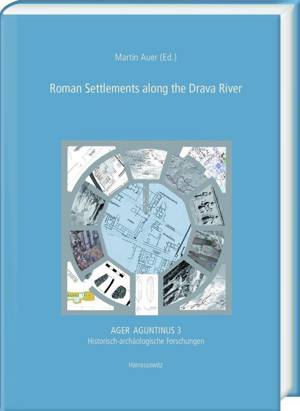
- Afhalen na 1 uur in een winkel met voorraad
- Gratis thuislevering in België vanaf € 30
- Ruim aanbod met 7 miljoen producten
- Afhalen na 1 uur in een winkel met voorraad
- Gratis thuislevering in België vanaf € 30
- Ruim aanbod met 7 miljoen producten
Zoeken
Roman Settlements Along the Drava River
€ 132,45
+ 264 punten
Omschrijving
The second Aguntum workshop focused on the location of the Municipium Claudium Aguntum on the upper reaches of the Drava. The contributions published in volume 3 of the series Ager Aguntinus investigate to what extent the Roman settlements along the river route were in contact with each other - from the source of the Drava to its confluence with the Danube. Archaeological findings from Austria, Slovenia and Croatia suggest possible connection points. The importance of river routes as trade routes in Roman times is indicated by the research presented on the traffic routes along the Po in northern Italy and the Ljubljanica in Slovenia. Not least on the basis of corresponding findings from Aguntum and Aquileia, it becomes clear that river ports are to be expected in Roman cities. In this way, the volume offers not only a compilation of Roman findings from these very settlements, but also a discussion of the significance of river trade, even beyond the Drava River.
Specificaties
Betrokkenen
- Uitgeverij:
Inhoud
- Aantal bladzijden:
- 148
- Taal:
- Engels
- Reeks:
- Reeksnummer:
- nr. 3
Eigenschappen
- Productcode (EAN):
- 9783447112888
- Verschijningsdatum:
- 4/12/2019
- Uitvoering:
- Hardcover
- Formaat:
- Genaaid
- Afmetingen:
- 217 mm x 303 mm
- Gewicht:
- 1710 g

Alleen bij Standaard Boekhandel
+ 264 punten op je klantenkaart van Standaard Boekhandel
Beoordelingen
We publiceren alleen reviews die voldoen aan de voorwaarden voor reviews. Bekijk onze voorwaarden voor reviews.







